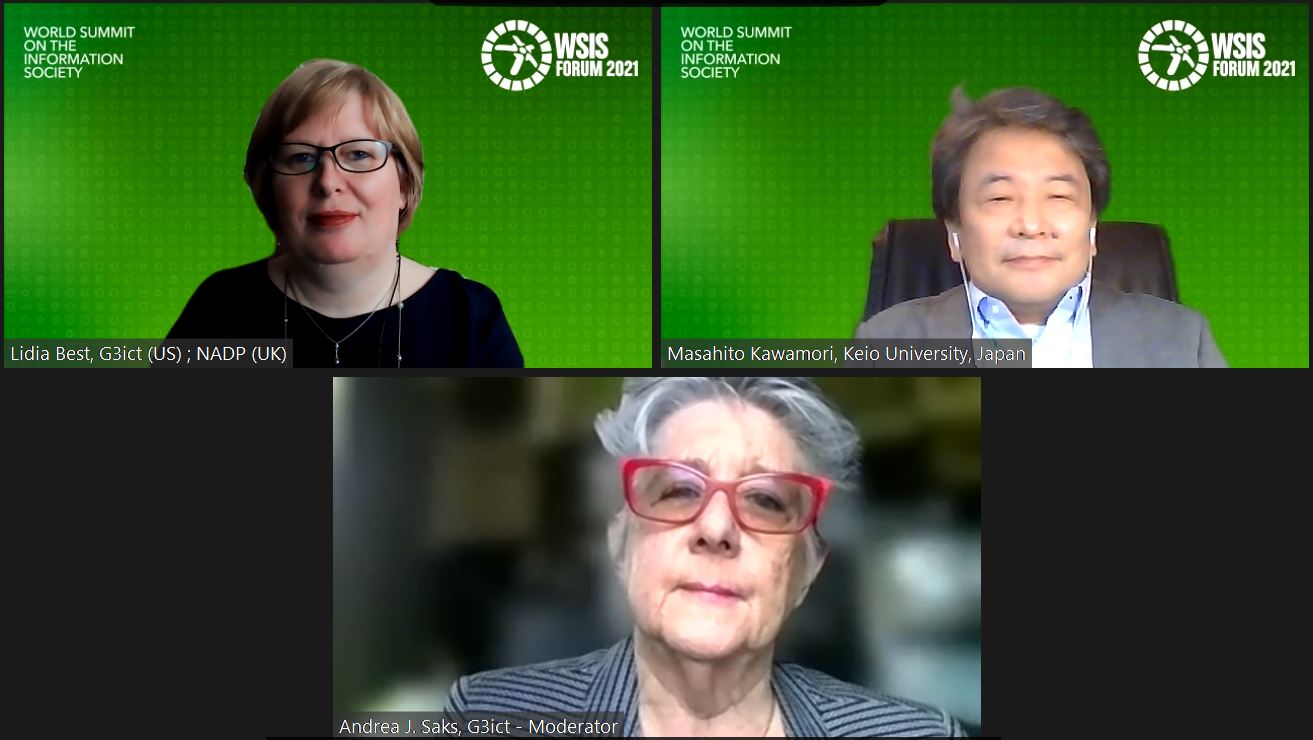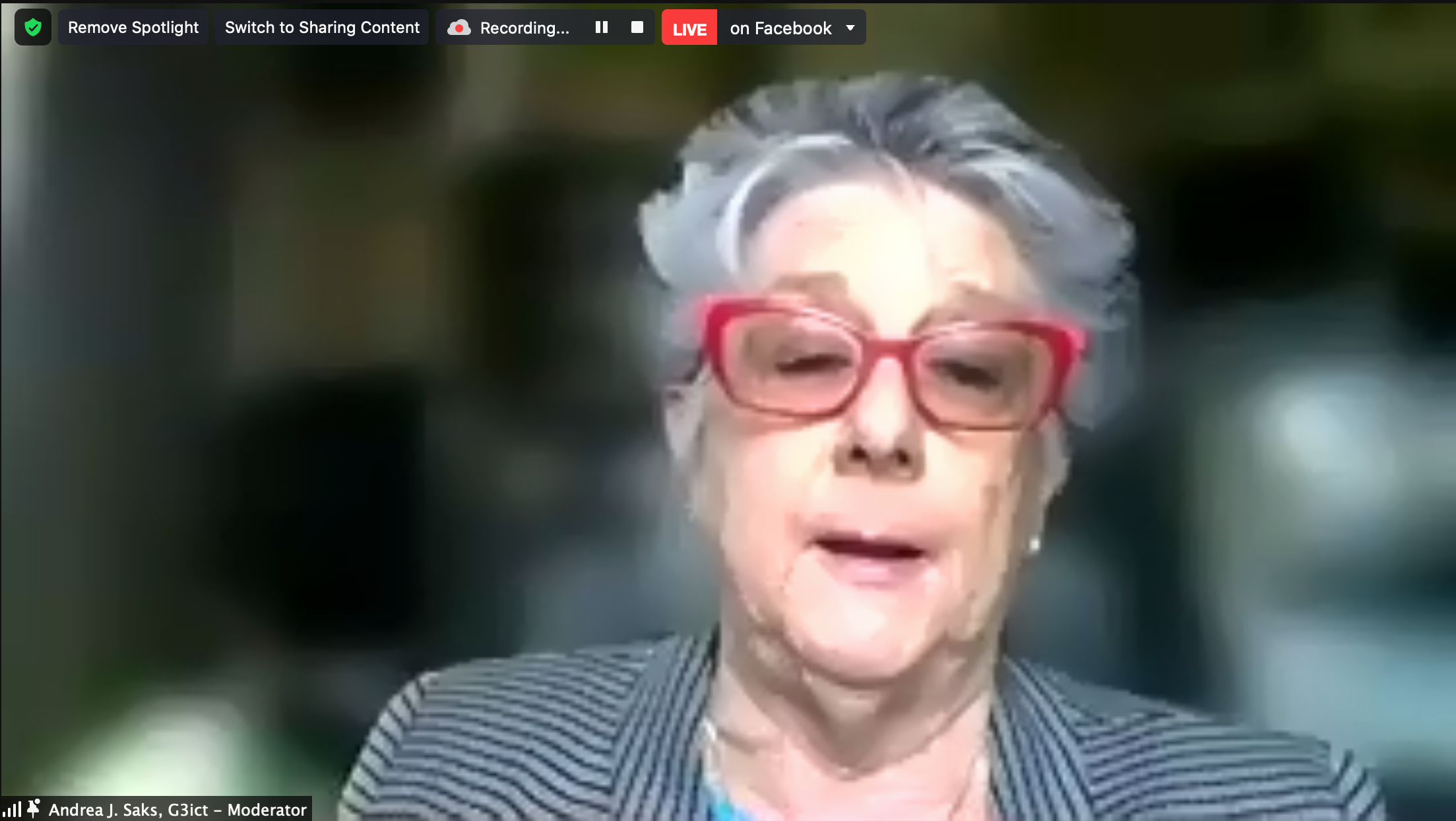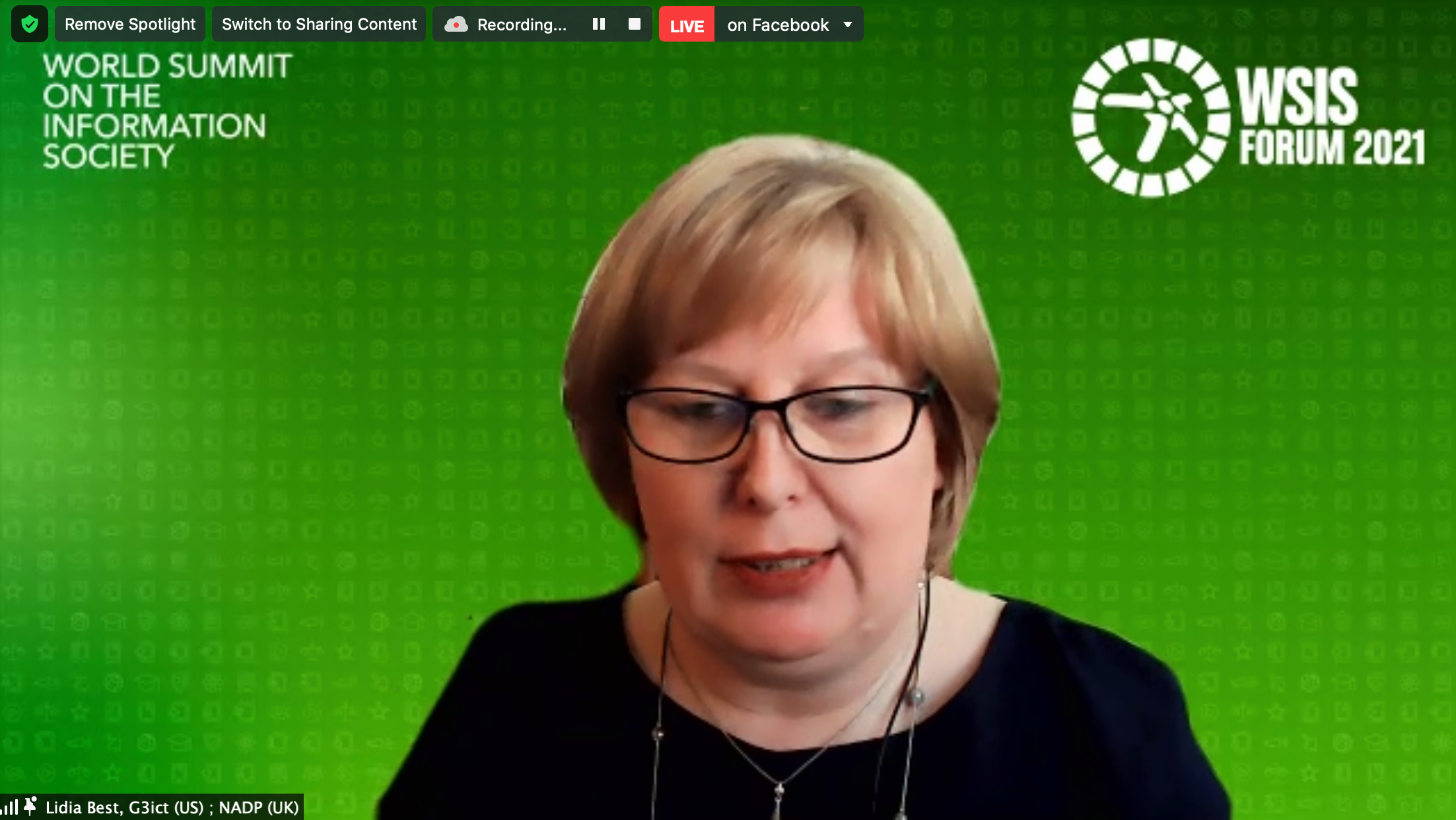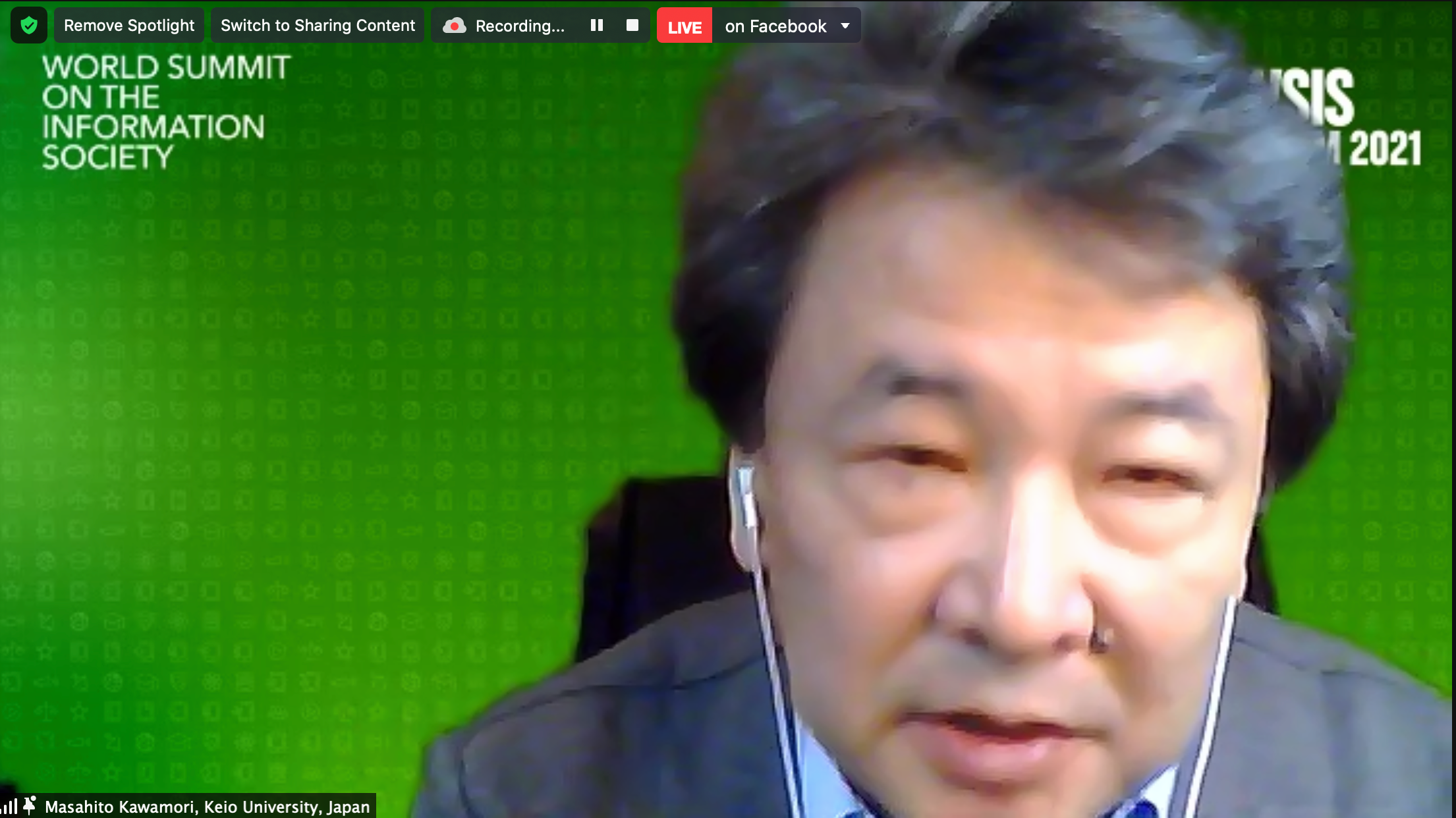ICTs and Accessibility for Persons with Disabilities and Specific Needs special track: Accessible ICT during the Covid-19 Pandemic
ITU-T Joint Coordination Activity on Accessibility and Human Factors
Session 414
1. Telecommunications Relay Service and Before and After Its Beginnings, Andrea J. Saks, JCA-AHF Chairman
2. Accessibility situation for Persons who are hard of hearing during the pandemic, Lidia Best, JCA-AHF Vice-Chairman
3. Accessibility issues during the pandemic, Masahito Kawamori, ITU-T Q26/16 Rapporteur
4. Discussion
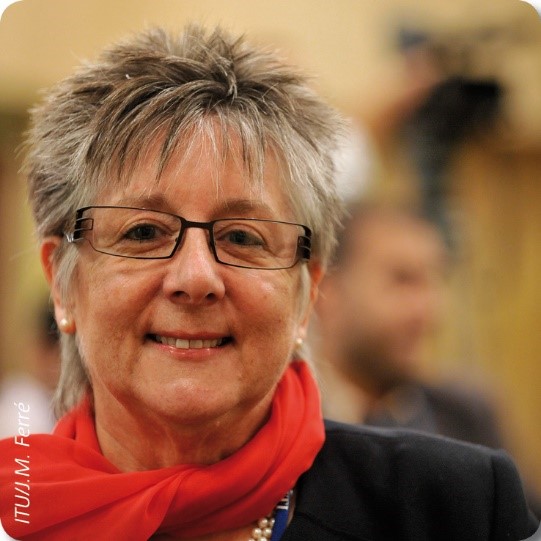
She grew up in the midst of the emerging TTY movement with her parents, Andrew and Jean Saks who were founder members of TDI when it was called Teletypewriters for the Deaf now called Telecommunications for the Deaf and Hard of Hearing Inc. Andrea was the first person to bring text telephony to Europe and the UK in 1973.
In 1975, she lobbied extensively to establish the First Deaf Transatlantic call via TTY, (early textphones for persons who were Deaf and Hard of Hearing), between two governments, the USA and the UK after establishing five TTY stations in the UK. Two APCOM modems, (Applied Communications Inc. created by her father, Robert Weitbrecht and Jim Marsters, was first company to make a “text phone modems, “Phonetypes” connected to teleprinters, the printing device), were used for the call with local teleprinters. One Phonetype station was in Washington DC, USA at HEW (Department of Health Education and Welfare), and the other station was in London UK, as a part of the first International Telecommunications equipment exhibit at the US Trade Centre.
She has served as a TDI delegate along representing the deaf and hard of hearing, in activities of the International Telecommunications Union (ITU) since 1991. She is the chairperson of the Joint Coordination Activity on Accessibility and Human Factors at ITU (JCA-AHF). She also represents other disability organizations like the Global Initiative For Inclusive ICTs (G3ict) and the International Center for Disabilities Resources on the Internet. A great number of accessibility initiatives, Inclusive International Standards and Recognized Technical Papers on Accessbility access and many events at ITU took off, thanks to her leadership and dogged persistence along with the support of an international group of Persons with Disabilities. She is active in all three sectors of the ITU.
.jpg)
Lidia is a vice-Chairman of ITU JCA-AHF ( International Telecommunication Union Joint Coordination Activities on Accessibility and Human Factors) and the Chairman of the National Association of Deafened People (NADP) in the UK. She is internationally recognised accessibility expert and advocate for persons who are deaf or hard of hearing. She brings unique knowledge as expert with lived experience, as a person who is hard of hearing and a cochlear implant user since 2009.
Her work has specific focus on accessibility, policy development, innovation and quality of hearing care for deaf and hard of hearing people including policy development, training, and consulting. She contribute to work on standards as a member of G3ict delegation to ITU to standards in telecoms, captioning and assistive listening devices. Lidia is an editor of the ITU FSTP-RCSO “Overview of remote captioning services" and H.871“Safety requirements for wearable audio augmenting devices” the recommendation on personal sound amplifiers.
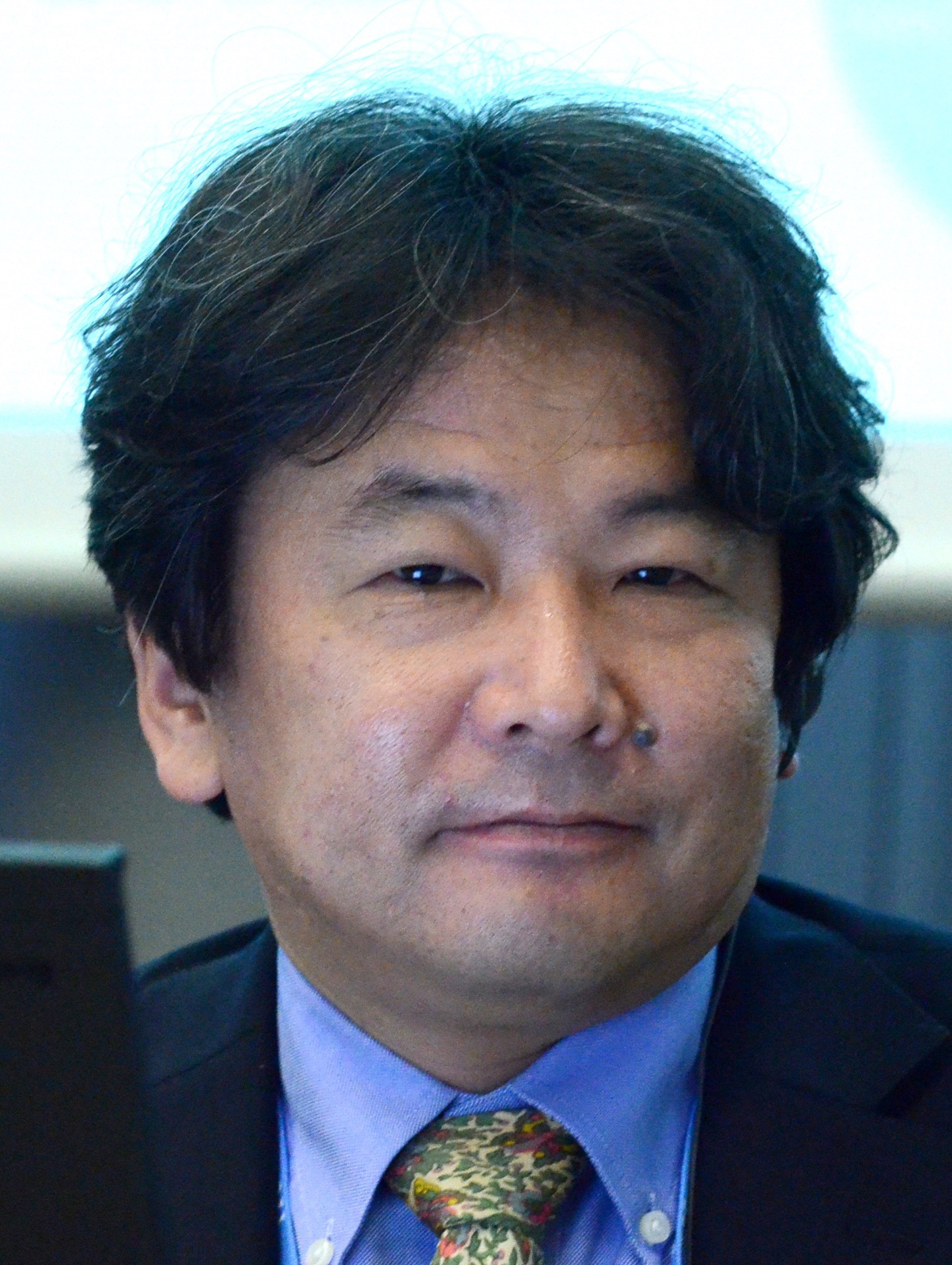
Masahito KAWAMORI, a Project Professor at Keio University in Japan, is the Rapporteur of “Accessibility to multimedia systems and services” and a co-chair of IRG-AVA both at ITU (International Telecommunication Union). He is currently involved with standardization and promotion of accessibility- related ICT with international bodies such as WHO. He has been active in the area of telecom relay service, remote sign language interpretation, and audio navigation for visually impaired. His current projects include planning and building inclusive and resilient smart cities in Southeast Asia and elsewhere.
-
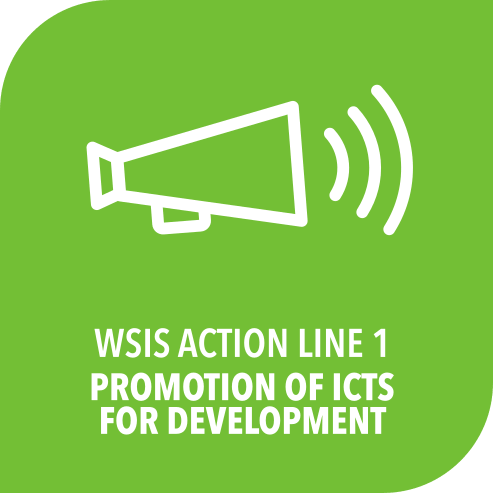 C1. The role of governments and all stakeholders in the promotion of ICTs for development
C1. The role of governments and all stakeholders in the promotion of ICTs for development
-
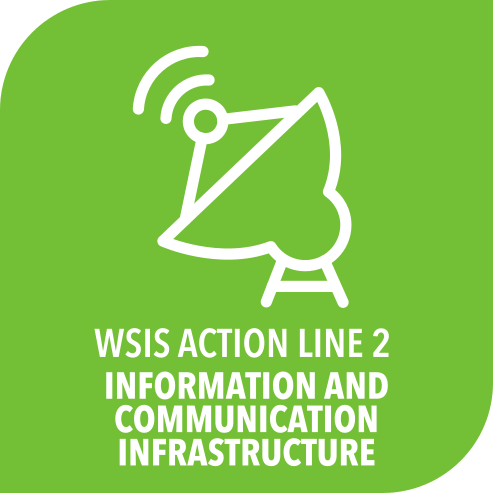 C2. Information and communication infrastructure
C2. Information and communication infrastructure
-
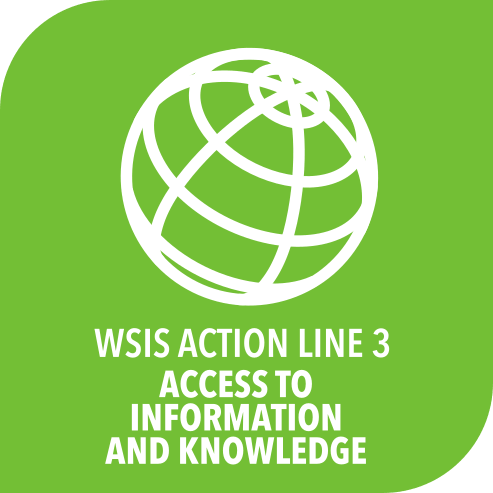 C3. Access to information and knowledge
C3. Access to information and knowledge
-
 C4. Capacity building
C4. Capacity building
-
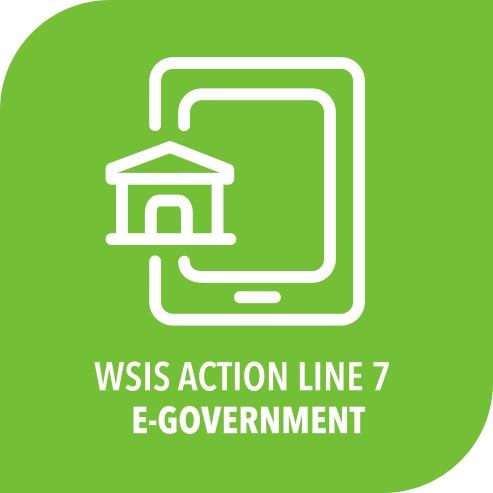 C7. ICT applications: benefits in all aspects of life — E-government
C7. ICT applications: benefits in all aspects of life — E-government
-
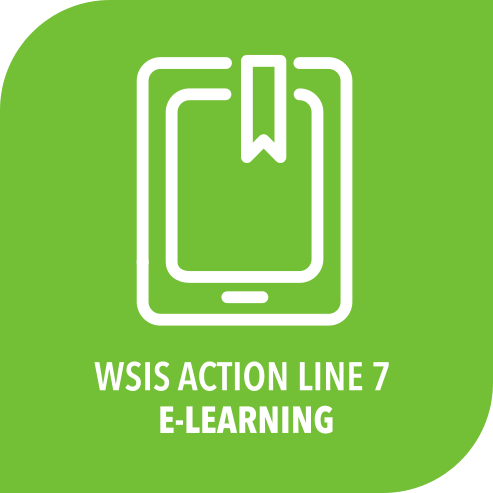 C7. ICT applications: benefits in all aspects of life — E-learning
C7. ICT applications: benefits in all aspects of life — E-learning
-
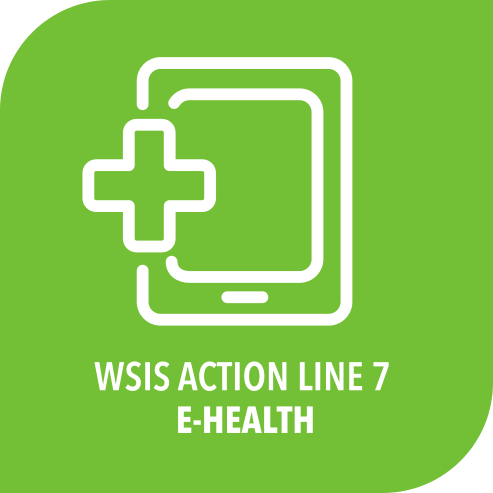 C7. ICT applications: benefits in all aspects of life — E-health
C7. ICT applications: benefits in all aspects of life — E-health
-
 C8. Cultural diversity and identity, linguistic diversity and local content
C8. Cultural diversity and identity, linguistic diversity and local content
-
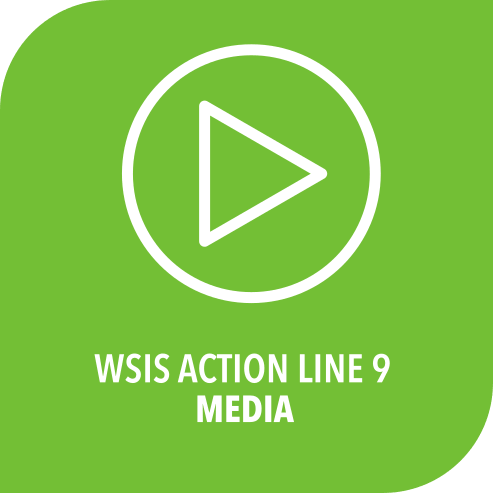 C9. Media
C9. Media
-
 Goal 4: Ensure inclusive and equitable quality education and promote lifelong learning opportunities for all
Goal 4: Ensure inclusive and equitable quality education and promote lifelong learning opportunities for all
-
 Goal 10: Reduce inequality within and among countries
Goal 10: Reduce inequality within and among countries
-
 Goal 11: Make cities inclusive, safe, resilient and sustainable
Goal 11: Make cities inclusive, safe, resilient and sustainable
-
 Goal 16: Promote just, peaceful and inclusive societies
Goal 16: Promote just, peaceful and inclusive societies
